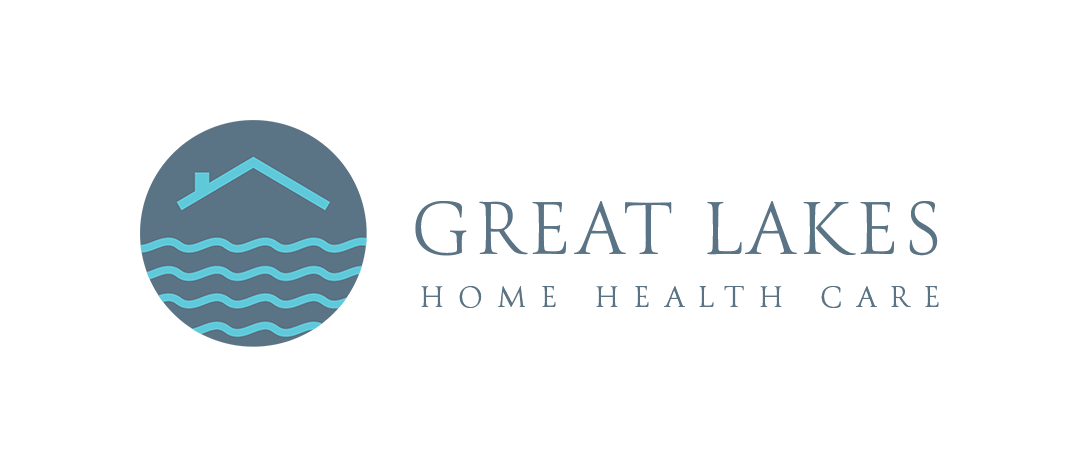Wearable health devices have become essential tools in supporting seniors who want to live safely and independently at home. These tools go beyond simple step counters. Today’s wearables can monitor heart rate trends, sleep quality, blood oxygen levels, irregular heart rhythms, hydration patterns, and even early signs of cognitive or physical decline. For older adults, this kind of ongoing insight can be life-changing, especially when paired with home healthcare support that can interpret the data and turn it into personalized care recommendations.
What makes wearables uniquely valuable is their ability to bridge the gap between daily life and clinical monitoring. Seniors do not need to visit a clinic or hospital to track their health. Instead, the information is collected automatically from their wrist, chest patch, or clip-on device. With home healthcare providers supervising, reviewing, and responding to these readings, potential issues can be detected earlier, decisions become clearer, and care becomes far more proactive.
Contents
- 1 Types of Wearables That Benefit Seniors
- 2 How Wearables Support Home Healthcare Plans
- 3 Enhancing Safety and Fall Prevention
- 4 Supporting Chronic Disease Management
- 5 Encouraging Healthy Habits and Daily Activity
- 6 Integrating Wearables with Family and Care Teams
- 7 The Promise of Wearables in Senior Care
Types of Wearables That Benefit Seniors
Different types of devices offer specific advantages depending on the health concerns and lifestyle of each senior. Smartwatches, for example, are popular because they combine multiple features such as fall detection, heart monitoring, activity tracking, and GPS safety alerts. Medical-grade patches or pendants may offer more specialized monitoring, such as continuous ECG readings or movement analysis that can detect gait instability before a fall occurs.
Other innovations include smart hearing aids with health tracking features, temperature-monitoring devices that help identify early infection, and hydration trackers that remind seniors to drink water. With home healthcare providers guiding device selection, seniors and their families can choose tools that match mobility levels, chronic conditions, and daily routines.
How Wearables Support Home Healthcare Plans

Home healthcare teams use wearable data to build care strategies that are both comprehensive and highly adaptive. Instead of waiting for symptoms to worsen, caregivers receive real-time alerts that allow them to intervene quickly. For instance, if a senior’s heart rate shows unusual fluctuations, a nurse may adjust medication timing or escalate the issue to a physician. If mobility data reveals that the senior has been unusually inactive, caregivers can check for pain, infection, dizziness, or mood changes.
These insights allow home healthcare providers to shift from reactive care to proactive wellness oversight. Families also gain reassurance, knowing that trained professionals are tracking changes that might otherwise remain unnoticed.
Enhancing Safety and Fall Prevention
Falls remain one of the leading causes of injury among seniors, and wearables have become crucial in preventing them. Devices with accelerometers can automatically detect rapid downward movement and send alerts to both family members and home healthcare staff. More advanced systems analyze walking patterns over time. If the data reveals shorter steps, slower gait, or instability, caregivers can intervene by modifying physical therapy, recommending assistive devices, or adjusting the home environment.
This combination of early detection and rapid response helps minimize risks and supports aging adults who want to stay living at home without compromising their safety.
Supporting Chronic Disease Management
Many seniors live with chronic conditions such as diabetes, COPD, heart disease, or hypertension. Wearables play a significant role in monitoring and managing these health conditions more consistently. Glucose monitoring patches give real-time readings that make insulin decisions more precise. Pulse oximeters and respiratory sensors help track breathing patterns in those with lung issues. Blood pressure sensors worn throughout the day give a more accurate picture than occasional clinic readings.
By integrating this information into home healthcare visits, nurses can guide patients with medication adherence, symptom control, breathing exercises, and lifestyle adjustments. Data-driven care encourages stability and reduces hospital readmissions.
Encouraging Healthy Habits and Daily Activity
Wearables also promote everyday wellness habits. When home healthcare professionals incorporate wearable data into care plans, seniors become more aware of how their daily choices impact their health. Reminders to move, medication alerts, hydration prompts, and sleep quality reports empower older adults to participate actively in their own care. This creates a sense of independence, which is vital for emotional well-being.
Additionally, caregivers can use activity insights to customize exercise routines. For example, if the device shows an elevated heart rate during simple activities, the care plan can include pacing techniques or targeted strengthening exercises. If sleep data indicates frequent interruptions, the provider can address pain management, medications, or bedtime routines.
Integrating Wearables with Family and Care Teams
One of the strongest benefits of wearable technology is its ability to keep everyone aligned. Family members can receive notifications, home healthcare teams can monitor trends, and physicians can access data during appointments to make informed decisions. This creates a unified care ecosystem where no piece of information is lost, and seniors are supported from every angle.
Data sharing also reduces caregiver stress. Families who may not live nearby still gain visibility into their loved one’s well-being, helping them stay confident and connected.
The Promise of Wearables in Senior Care
Wearables are transforming the landscape of home healthcare. They provide insight, safety, and preventive care in ways that were not possible a decade ago. For seniors, these tools make independent living more feasible and secure. For home healthcare professionals, the continuous flow of information strengthens decision-making and personalizes each care plan.
As technology continues to advance, the partnership between wearables and home healthcare guidance will only grow stronger. Together, they offer a future where seniors can enjoy longer, healthier, and more empowered lives at home.

